Precision Financial Forecasting Your Business Edge
In the dynamic landscape of modern business, the ability to anticipate future financial performance is not just an advantage; it's a necessity. This critical skill is embodied in financial forecasting, a systematic process that uses historical data, current market conditions, and future expectations to project a company's financial outcomes over a specified period. Far from being a mere accounting exercise, it is a strategic discipline that underpins sound decision-making, enabling businesses to navigate uncertainties and seize opportunities with greater confidence.
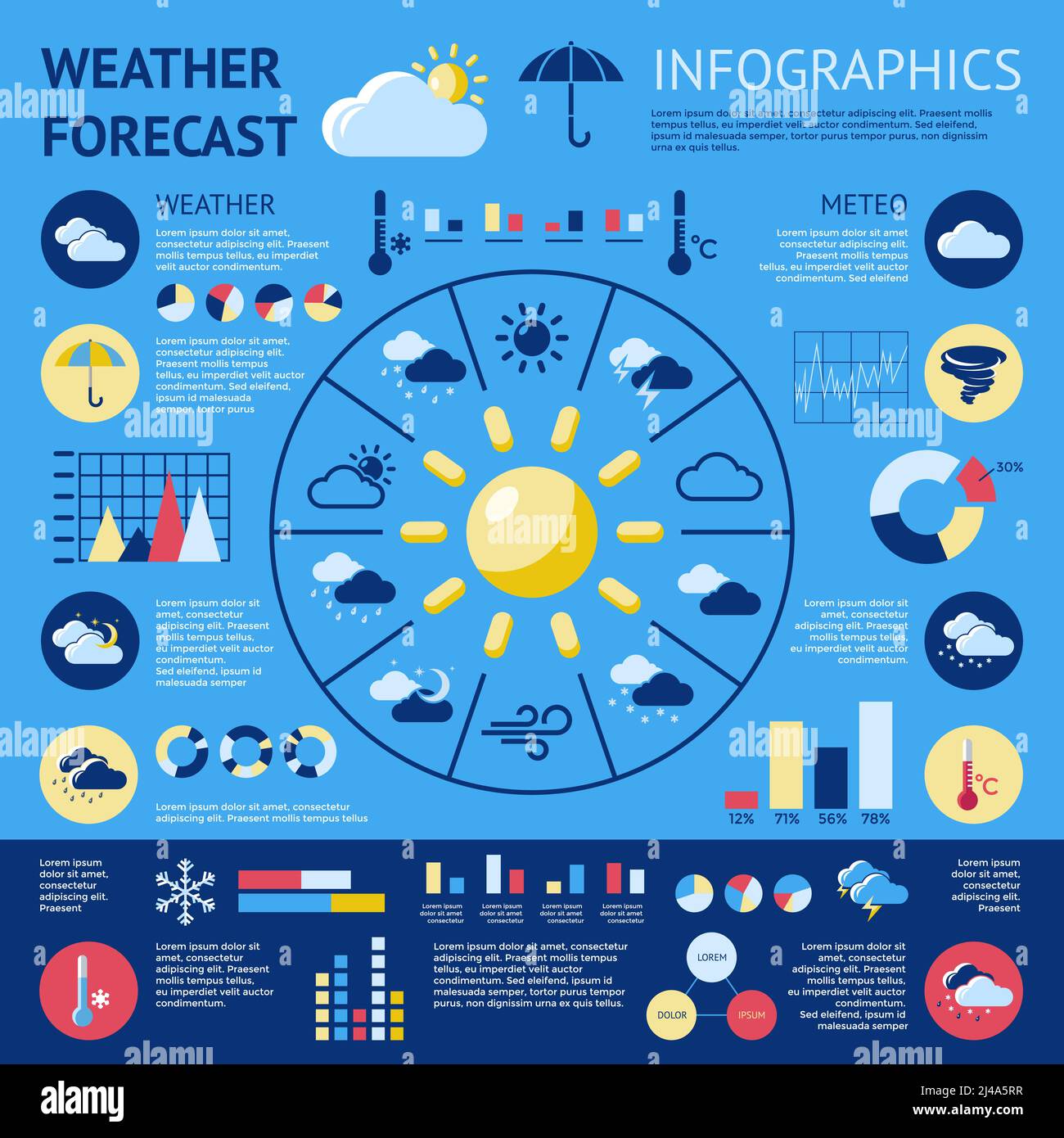
Effective financial forecasting provides a clear roadmap for strategic planning, helping organizations set realistic goals and allocate resources efficiently. It allows leaders to visualize potential scenarios, assess risks, and identify areas for growth or improvement before they become pressing issues. Without this foresight, businesses often operate reactively, making decisions based on intuition rather than data, which can lead to missed targets, cash flow crises, or suboptimal investments.
Moreover, in an increasingly competitive global economy, investors, lenders, and stakeholders demand transparency and predictability. A well-constructed financial forecast not only fulfills these expectations but also builds trust and credibility. It demonstrates a company's understanding of its operational intricacies and its commitment to sustainable growth, making it an indispensable tool for attracting capital and fostering long-term relationships.
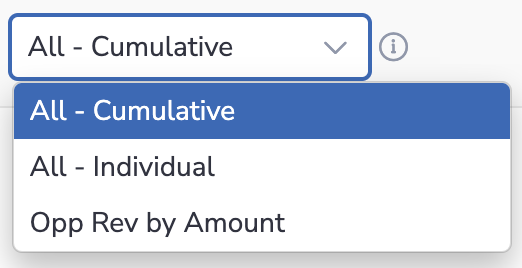
Ultimately, precision in forecasting empowers businesses to move beyond mere survival to proactive growth. It transforms raw financial data into actionable intelligence, allowing for agility in responding to market shifts, optimizing operational efficiency, and securing a competitive edge in any industry. This article delves into the intricacies of financial forecasting, exploring its methodologies, benefits, challenges, and the best practices for leveraging it as a cornerstone of business success.
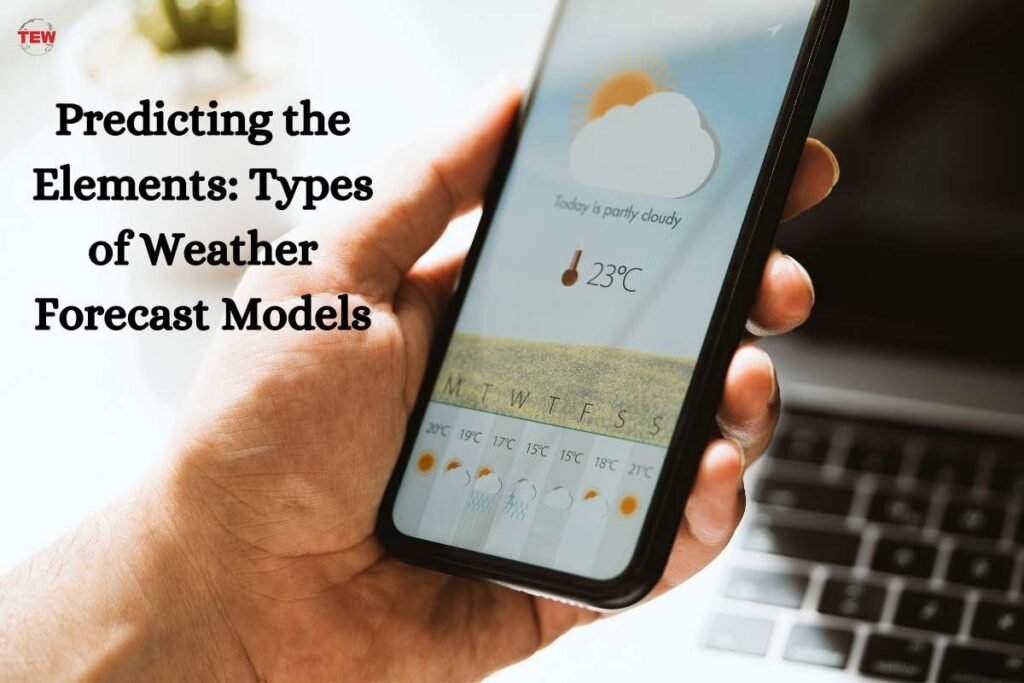
Understanding Financial Forecasting: The Foundation of Business Strategy
![]()
Financial forecasting is the cornerstone of any robust business strategy, offering a forward-looking perspective on a company's financial health. At its heart, it involves making educated predictions about future revenues, expenses, and capital expenditures. This isn't about gazing into a crystal ball; rather, it's a data-driven process that leverages past performance, current market trends, and expert judgment to create a probabilistic view of what might occur financially. The ultimate goal is to provide management with a reliable basis for budgeting, planning, and decision-making across all facets of the organization.

The scope of financial forecasting can vary significantly. Some forecasts might focus on short-term horizons, predicting cash flow for the next quarter to ensure liquidity, while others extend over several years, mapping out long-term strategic investments and growth trajectories. Regardless of the timeframe, a well-executed forecast provides invaluable insights into potential future challenges and opportunities, enabling businesses to proactively adjust their strategies and operations. It moves a company from a reactive stance to a proactive and predictive one, allowing for more informed and confident navigation of the business landscape.

Defining Key Forecast Types
To effectively implement financial forecasting, it's crucial to understand the different types that businesses commonly employ:
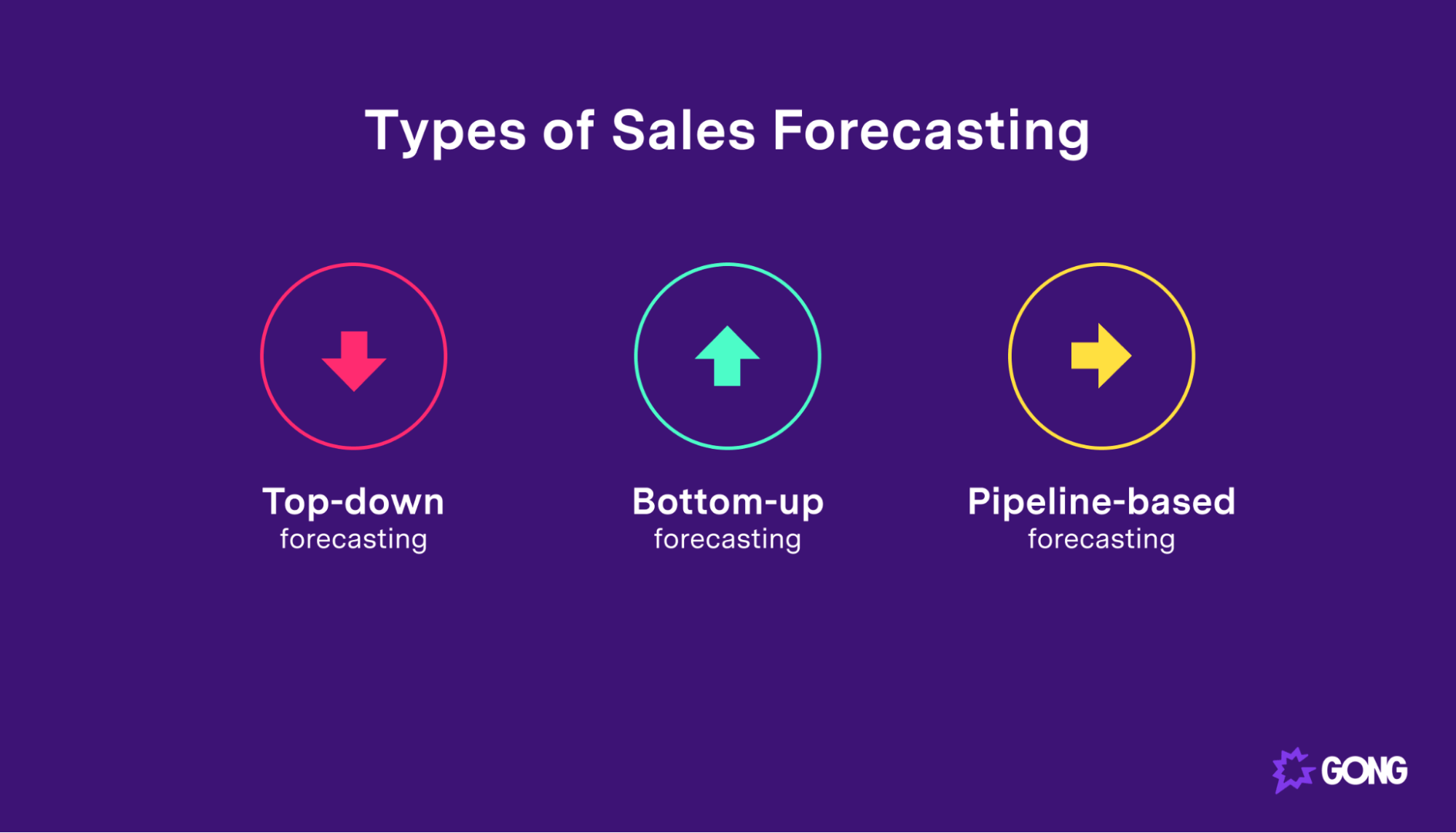
- Sales Forecasting: This is often the starting point, predicting future sales volumes and revenues. It’s influenced by market demand, pricing strategies, economic conditions, and marketing efforts. Accurate sales forecasts are vital for production planning, inventory management, and revenue projections.
- Cash Flow Forecasting: Perhaps the most critical type for day-to-day operations, cash flow forecasting predicts the inflows and outflows of cash over a specific period. It ensures a company has enough liquidity to cover its operational expenses, pay debts, and invest in growth. A deficit can signal impending liquidity issues, while a surplus can indicate opportunities for investment.
- Profit & Loss (P&L) Forecasting: This involves predicting future revenues, cost of goods sold, and operating expenses to arrive at a projected net income. P&L forecasts help management understand the profitability of their operations and identify areas for cost reduction or revenue enhancement.
- Balance Sheet Forecasting: Projecting future assets, liabilities, and equity, balance sheet forecasting provides a holistic view of the company's financial position at a future point in time. It helps assess the impact of strategic decisions on the company's financial structure and solvency.
Each type of forecast serves a distinct purpose, but together, they form a comprehensive picture of a company's future financial landscape, empowering robust strategic planning.
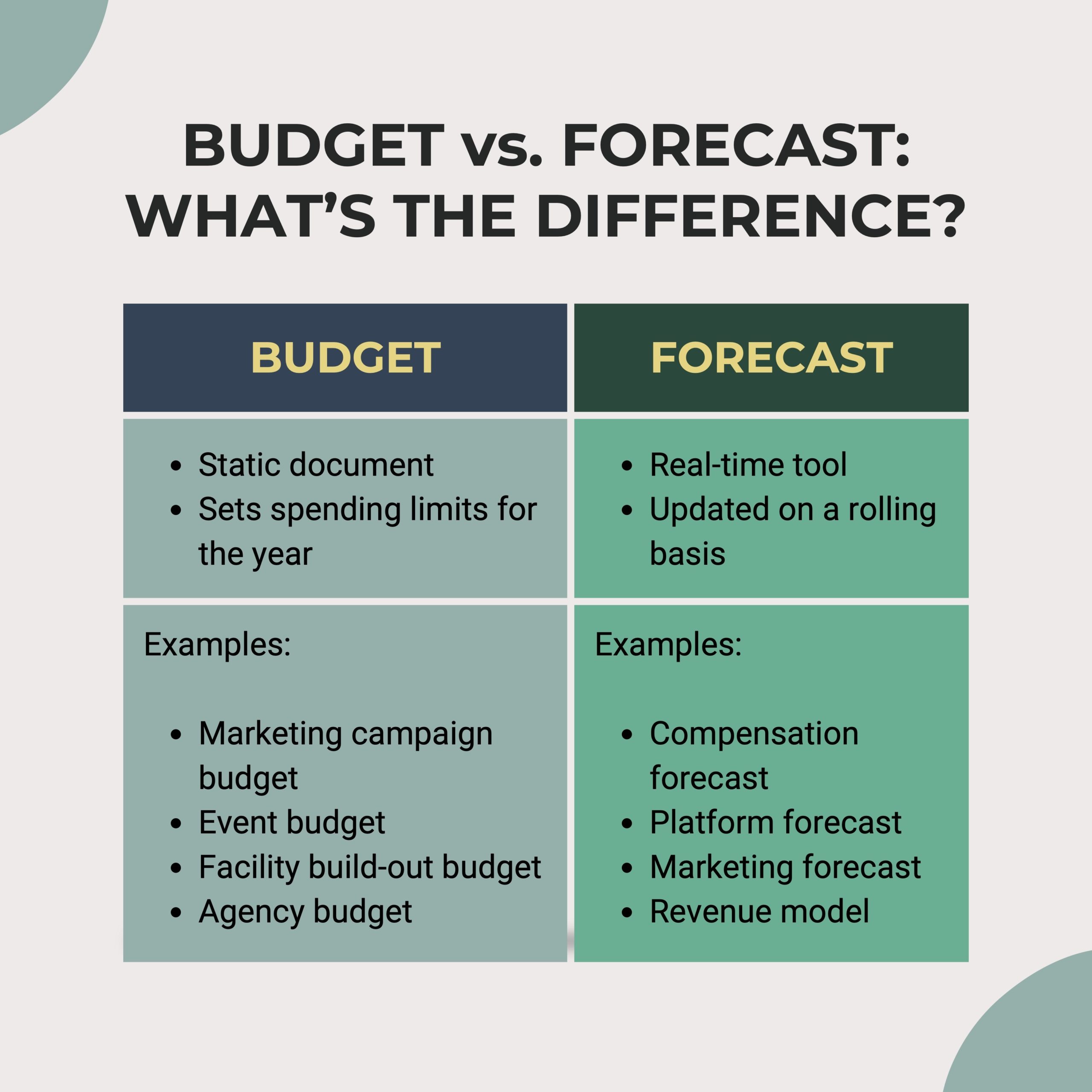
Key Types and Methodologies of Financial Forecasting
The effectiveness of financial forecasting hinges on selecting the appropriate methodologies for a given business context. These methods broadly fall into two categories: qualitative and quantitative approaches, each with its strengths and best-use scenarios.

Qualitative and Quantitative Approaches
Qualitative forecasting methods are subjective and rely on expert judgment, intuition, and experience. These are particularly useful when historical data is scarce, unreliable, or irrelevant, such as for new product launches, rapidly changing markets, or during periods of significant economic disruption.
- Delphi Method: A structured communication technique that relies on a panel of experts. Experts provide anonymous forecasts, which are then summarized and shared back to the group for refinement, iteratively converging on a consensus.
- Market Research: Involves surveys, interviews, and focus groups to gather consumer opinions, preferences, and intentions, especially useful for predicting demand for new products or services.
- Jury of Executive Opinion: Involves soliciting and combining the insights and opinions of high-level executives within the company. This method benefits from broad organizational knowledge but can be susceptible to bias from dominant personalities.
Quantitative forecasting methods are objective and rely on mathematical models and historical data to predict future outcomes. They are most effective when there is ample, reliable historical data available and patterns are expected to continue.
- Time Series Analysis: This method analyzes historical data points collected over time (e.g., monthly sales figures). It assumes that past patterns will largely continue into the future.
- Moving Averages: Calculates the average of a specific number of past data points to smooth out short-term fluctuations and identify trends.
- Exponential Smoothing: Similar to moving averages but gives more weight to recent data, making it more responsive to recent changes.
- ARIMA (Autoregressive Integrated Moving Average): A sophisticated statistical model that captures complex patterns like trends, seasonality, and cycles in time series data.
- Causal Forecasting (Regression Analysis): This method identifies relationships between the variable being forecasted (dependent variable) and other independent variables (e.g., marketing spend, economic indicators).
- Simple Linear Regression: Models the relationship between two variables.
- Multiple Regression: Models the relationship between one dependent variable and multiple independent variables.
Common Forecasting Methods
Beyond the broad categories, specific techniques are often employed:
- Historical Data Analysis: The most fundamental approach, assuming past performance is indicative of future results. It involves looking at trends, seasonality, and cycles in historical sales, expenses, and other financial metrics.
- Trend Analysis: Focuses on identifying long-term patterns or directions in data. If sales have consistently grown by 5% year-over-year, trend analysis would project this growth rate forward.
- Scenario Planning: Instead of a single "best guess" forecast, scenario planning involves developing multiple possible future outcomes (e.g., best-case, worst-case, most likely). This helps businesses prepare for a range of contingencies and assess the potential impact of various external factors. This method is crucial for robust financial forecasting.
- Rolling Forecasts: Unlike fixed annual budgets, rolling forecasts are continuously updated, typically on a monthly or quarterly basis, extending the forecast horizon forward. For example, a 12-month rolling forecast would always project 12 months out, dropping the oldest month and adding a new one. This provides greater agility and responsiveness to changing market conditions.
- Zero-Based Budgeting (ZBB): While primarily a budgeting technique, ZBB can influence forecasting by requiring justification for every expense from a "zero base," rather than simply adjusting previous budgets. This encourages a critical evaluation of costs and potential savings.
The choice of method depends on the specific forecasting objective, data availability, industry dynamics, and the level of accuracy required. Often, a combination of these methods yields the most reliable and insightful financial forecasts.
The Core Components of a Robust Financial Forecast
A truly comprehensive financial forecast is not just about projecting one or two line items; it’s an integrated view of a company’s entire financial ecosystem. This typically involves projecting the three primary financial statements: the Income Statement (or Profit & Loss), the Balance Sheet, and the Cash Flow Statement. Each statement contributes vital information, and together they provide a holistic picture of future financial performance and position.
Revenue Forecasting
Revenue forecasting is often the starting point, as most other financial metrics are directly or indirectly linked to a company's sales performance. It involves projecting the top-line income a business expects to generate from its primary operations.
- Key Drivers: Factors influencing revenue include sales volume, pricing strategies, market share, economic growth, competitive landscape, marketing effectiveness, and seasonality.
- Methodologies: Can range from simple historical trend analysis and growth rates to more complex statistical models incorporating external economic indicators, or bottom-up approaches aggregating sales forecasts from individual product lines or regions.
- Importance: Accurate revenue forecasts are critical for setting sales targets, managing inventory, planning production, and determining staffing levels. An overestimation can lead to excess inventory and wasted resources, while an underestimation can result in missed sales opportunities and customer dissatisfaction.
Expense Forecasting
Predicting future costs is just as crucial as predicting revenues. Expense forecasting helps a company manage its profitability and ensures it operates within its budget. Expenses are typically categorized as Cost of Goods Sold (COGS) and Operating Expenses.
- Cost of Goods Sold (COGS): These are the direct costs associated with producing the goods or services sold. Forecasting COGS involves predicting the cost of raw materials, direct labor, and manufacturing overhead, often as a percentage of revenue or based on production volume.
- Operating Expenses (OpEx): These include all other expenses necessary to run the business, such as salaries, rent, utilities, marketing, and administrative costs. OpEx can be forecasted based on historical trends, fixed costs, or as a percentage of revenue, depending on their nature.
- Capital Expenditures (CapEx): While not an operating expense, forecasting CapEx (investments in long-term assets like property, plant, and equipment) is vital for the balance sheet and cash flow forecasts. This involves understanding planned investments, depreciation schedules, and financing needs.
- Importance: Accurate expense forecasts allow businesses to identify potential cost overruns, optimize spending, and maintain healthy profit margins. It also helps in identifying areas where cost efficiencies can be achieved.
Cash Flow Forecasting
Cash flow forecasting is arguably the most vital component for a business's day-to-day survival. It projects the actual cash coming into and going out of the business over a specific period. Unlike profitability, which can be high on paper, a business can fail if it lacks sufficient cash to meet its short-term obligations.
- Sources of Cash Inflows: Primarily from sales revenue, but also includes collections from accounts receivable, loans received, and proceeds from asset sales.
- Sources of Cash Outflows: Includes payments for COGS, operating expenses, tax payments, loan repayments, and capital expenditures.
- Direct vs. Indirect Method: The direct method lists specific cash receipts and disbursements, while the indirect method starts with net income and adjusts for non-cash items and changes in working capital. The direct method is generally preferred for short-term operational forecasting due to its granular detail.
- Importance: A robust cash flow forecast ensures liquidity, allowing a company to pay its employees, suppliers, and lenders on time. It highlights potential cash shortfalls or surpluses well in advance, enabling management to take corrective actions such as securing short-term financing or strategically investing excess cash. This is a primary driver of successful financial forecasting.
By meticulously projecting these core components and understanding their interdependencies, businesses can build a sophisticated and highly reliable financial forecast that serves as an indispensable tool for strategic decision-making.
Strategic Benefits of Precision Financial Forecasting
Precision financial forecasting extends far beyond simply predicting numbers; it serves as a powerful strategic tool that underpins a multitude of critical business functions. The benefits derived from accurate and insightful forecasts can significantly enhance a company's stability, growth potential, and competitive standing.
- Informed Decision-Making: At its core, forecasting provides the data necessary for making sound business decisions. Whether it's about expanding into new markets, launching a new product, or making large capital investments, a solid forecast helps evaluate the financial viability and potential returns of such initiatives. It replaces guesswork with data-driven insights.
- Improved Budgeting and Resource Allocation: Forecasts are the foundation for creating realistic and achievable budgets. By understanding expected revenues and expenses, companies can allocate financial, human, and material resources more effectively. This ensures that critical projects are funded, and that unnecessary spending is curtailed, leading to greater operational efficiency.
- Enhanced Risk Management: By projecting various scenarios, businesses can identify potential financial risks such as cash flow shortages, declining sales, or rising costs before they materialize. This allows management to develop contingency plans, implement risk mitigation strategies, and respond proactively to adverse market conditions, thereby reducing financial vulnerability.
- Optimized Cash Flow and Liquidity: Accurate cash flow forecasts enable companies to manage their working capital efficiently. They can anticipate periods of cash surplus for investment or debt reduction, and periods of shortfall, allowing them to arrange financing well in advance, avoiding costly last-minute borrowing or missed opportunities.
- Better Investor Relations and Access to Capital: Lenders and investors rely heavily on financial forecasts to assess a company's viability and potential for return on investment. A well-prepared and defensible forecast demonstrates strong financial management, increases credibility, and makes it easier to secure loans, attract equity investment, and build trust with stakeholders.
- Performance Evaluation and Accountability: Forecasts serve as benchmarks against which actual performance can be measured. This allows companies to identify variances, understand the reasons behind them, and adjust strategies as needed. It also promotes accountability across departments, as teams strive to meet their forecasted targets.
- Strategic Planning and Growth Opportunities: Long-term forecasts are integral to strategic planning, helping businesses define their vision, set ambitious yet achievable goals, and identify avenues for sustainable growth. They can highlight emerging market trends, new customer segments, or innovative technologies that present growth opportunities.
In essence, precision financial forecasting transforms a business from operating reactively to strategically. It empowers leaders to look beyond the immediate future, anticipate challenges, capitalize on opportunities, and steer the organization towards long-term success and resilience.
Overcoming Challenges in Financial Forecasting
Despite its undeniable benefits, financial forecasting is fraught with complexities and potential pitfalls. Businesses frequently encounter several challenges that can impact the accuracy and reliability of their projections. Recognizing and addressing these issues is crucial for developing robust and actionable forecasts.
- Data Quality and Availability: The foundation of any quantitative forecast is high-quality historical data. Inaccurate, incomplete, or inconsistent data can lead to skewed results. Moreover, for new businesses or those entering nascent markets, a lack of sufficient historical data poses a significant challenge, forcing reliance on more qualitative methods or assumptions.
- Market Volatility and External Factors: The business environment is rarely static. Economic downturns, geopolitical events, supply chain disruptions, rapid technological advancements, and sudden shifts in consumer behavior can render even the most carefully constructed forecasts obsolete almost overnight. These external factors are often unpredictable and difficult to quantify.
- Human Bias: Forecasters, consciously or unconsciously, can introduce bias into their projections. Optimism bias might lead to overestimating revenues, while a pessimistic outlook could lead to underestimating growth potential. Anchoring on past performance too heavily, or ignoring contradictory evidence, are common forms of bias.
- Complexity and Interdependencies: Financial systems are complex, with many variables interconnected. A change in one area (e.g., raw material costs) can have cascading effects across multiple financial statements (e.g., COGS, inventory, cash flow). Modeling these intricate interdependencies accurately requires sophisticated understanding and tools.
- Resistance to Change and Lack of Ownership: If different departments or individuals do not buy into the forecasting process or feel a lack of ownership over the numbers, the forecast can become an academic exercise rather than a lived reality. Siloed operations can also hinder the sharing of critical information necessary for a holistic view.
- Choosing the Right Methodology: As discussed, numerous forecasting methods exist. Selecting the most appropriate one for a given context, data set, and forecasting horizon requires expertise. Using an unsuitable method can lead to significantly inaccurate predictions.
- Forecasting Horizon: The further out a forecast attempts to predict, the less accurate it tends to be. Long-term forecasts are more susceptible to unforeseen changes, making them valuable for strategic direction but less reliable for precise operational planning.
Addressing these challenges requires a multi-faceted approach involving better data governance, continuous monitoring of external environments, fostering a culture of objectivity, leveraging advanced analytical tools, and promoting cross-functional collaboration.
Best Practices for Enhanced Financial Forecasting Accuracy
Achieving high accuracy in financial forecasting is an ongoing pursuit, not a one-time event. By adopting a set of best practices, businesses can significantly improve the reliability and utility of their financial projections, transforming them into truly strategic assets.
- Embrace Rolling Forecasts: Move away from static annual budgets and adopt rolling forecasts (e.g., 12-month rolling). This approach constantly updates the forecast horizon, incorporates the latest actual data, and allows for greater agility in response to market changes. It keeps the forecast relevant and dynamic.
- Incorporate Multiple Scenarios: Don't rely on a single "best guess." Develop best-case, worst-case, and most likely scenarios. This prepares the business for a range of eventualities, helps quantify potential risks and opportunities, and allows for more robust strategic planning.
- Leverage Both Qualitative and Quantitative Data: While quantitative data provides statistical rigor, qualitative insights from sales teams, market experts, and operational staff can capture nuances and emerging trends that numbers alone might miss. A combination often yields the most balanced and insightful forecasts.
- Foster Cross-Functional Collaboration: Financial forecasting is not solely the finance department's responsibility. Involve key stakeholders from sales, marketing, operations, human resources, and supply chain. Their input provides richer data, diverse perspectives, and greater buy-in for the final forecast.
- Continuously Monitor and Review Performance: Regularly compare actual results against forecasts. Analyze variances to understand why discrepancies occurred. Was it an external market shift, an operational inefficiency, or an inaccurate assumption? This iterative process of review and refinement is critical for continuous improvement.
- Understand Key Drivers and Assumptions: Clearly identify the primary drivers of your revenue and expenses (e.g., customer acquisition cost, conversion rates, average transaction value, raw material prices). Document all assumptions used in the forecast. This transparency allows for easier review, sensitivity analysis, and adjustments when drivers change.
- Invest in Appropriate Technology: Move beyond basic spreadsheets when complexity increases. Specialized financial forecasting software, ERP systems, or business intelligence tools can automate data collection, improve modeling capabilities, reduce errors, and facilitate scenario planning.
- Keep it Simple (Where Possible): While complexity can be necessary, avoid over-complication. Start with the most impactful variables and build from there. An overly complex model can be difficult to maintain, understand, and debug, reducing its practical utility.
- Acknowledge and Mitigate Bias: Be aware of common human biases (optimism, anchoring). Implement structured review processes, use independent validators, and promote a data-first culture to minimize subjective influences.
- Train Your Team: Ensure the team involved in forecasting understands the methodologies, tools, and the importance of accurate data input. Continuous learning helps adapt to new techniques and market dynamics.
By embedding these practices into the organizational culture, businesses can elevate their financial forecasting capabilities from a mundane task to a critical strategic advantage, enabling more informed decisions and greater financial resilience.
The Role of Technology in Modern Financial Forecasting
In today's data-rich and fast-paced business environment, technology has revolutionized financial forecasting, moving it from a laborious, spreadsheet-bound exercise to a dynamic, insightful process. Modern tools and platforms offer unprecedented capabilities for data analysis, scenario planning, and real-time adjustments, significantly enhancing the accuracy and strategic value of forecasts.
- Advanced Spreadsheet Capabilities: While often seen as basic, tools like Microsoft Excel and Google Sheets, when used with advanced functions (e.g., array formulas, pivot tables, statistical add-ins) and proper structuring, remain powerful for smaller businesses or specific, less complex models. However, they can become cumbersome and error-prone with increasing complexity and data volume.
- Enterprise Resource Planning (ERP) Systems: Modern ERP systems (e.g., SAP, Oracle, NetSuite) integrate financial data with operational data (sales, inventory, production, HR). This integration provides a single source of truth, making it easier to pull comprehensive historical data for forecasting and to track actual performance against projections in real-time.
- Specialized Financial Planning & Analysis (FP&A) Software: Dedicated FP&A platforms (e.g., Anaplan, Workday Adaptive Planning, Board International) are purpose-built for budgeting, forecasting, and reporting. They offer:
- Enhanced Modeling: Complex multi-scenario modeling, what-if analysis, and driver-based forecasting are easier to build and manage.
- Collaboration: Facilitate real-time collaboration among multiple departments, ensuring everyone works with the latest data and assumptions.
- Automation: Automate data consolidation, calculations, and report generation, reducing manual effort and errors.
- Version Control: Provide robust version control for different forecast iterations and scenarios.
- Business Intelligence (BI) and Data Visualization Tools: Tools like Tableau, Power BI, and Qlik Sense help visualize complex financial data and forecasts in intuitive dashboards and reports. This makes it easier for decision-makers to grasp key trends, identify variances, and understand the implications of different scenarios at a glance.
- Artificial Intelligence (AI) and Machine Learning (ML): This is the frontier of financial forecasting. AI/ML algorithms can process vast amounts of data, identify subtle patterns and correlations that human analysts might miss, and even learn from past forecasting errors to improve future accuracy. They are particularly effective in:
- Predictive Analytics: Forecasting sales, demand, and cash flow with higher precision by considering a multitude of internal and external variables.
- Anomaly Detection: Identifying unusual patterns or outliers in financial data that could impact forecasts.
- Automated Scenario Generation: Rapidly generating multiple forecast scenarios based on varying assumptions and market conditions.
- Cloud Computing: Cloud-based forecasting solutions offer scalability, accessibility from anywhere, and reduced IT overhead. They also facilitate seamless integration with other cloud-based business applications.
The strategic adoption of these technologies transforms financial forecasting from a reactive process into a proactive, intelligent system. By automating routine tasks, providing deeper insights, and fostering collaborative environments, technology empowers businesses to create more accurate, agile, and strategically valuable forecasts, ultimately enhancing their competitive edge.
Conclusion
Precision financial forecasting is undeniably a critical business edge in today's intricate and rapidly evolving economic landscape. It transcends mere number crunching, serving as a dynamic, forward-looking discipline that empowers businesses to anticipate, adapt, and prosper. From establishing the foundational understanding of different forecast types and mastering diverse methodologies to leveraging cutting-edge technology, the journey towards superior forecasting is an investment that yields substantial returns.
By embracing rolling forecasts, exploring multiple scenarios, fostering cross-functional collaboration, and continuously refining their approach, organizations can overcome common challenges and unlock the full strategic potential of their financial projections. The ability to accurately predict revenues, manage expenses, and optimize cash flow not only ensures operational stability but also positions a company for sustainable growth, resilient risk management, and enhanced credibility with stakeholders. In essence, effective financial forecasting is not just about knowing where you're going; it's about confidently navigating the path to get there, making it an indispensable asset for any business striving for long-term success.
